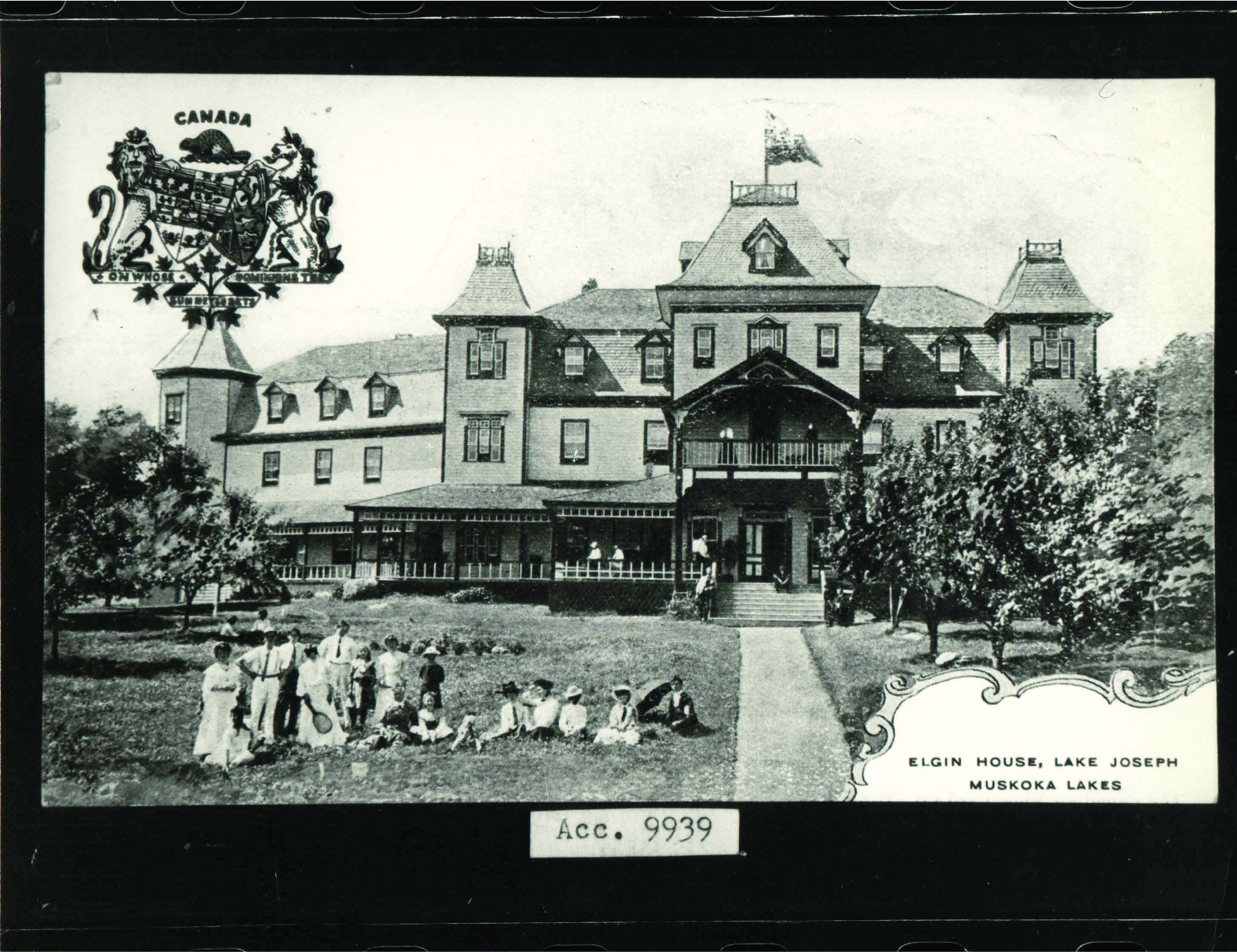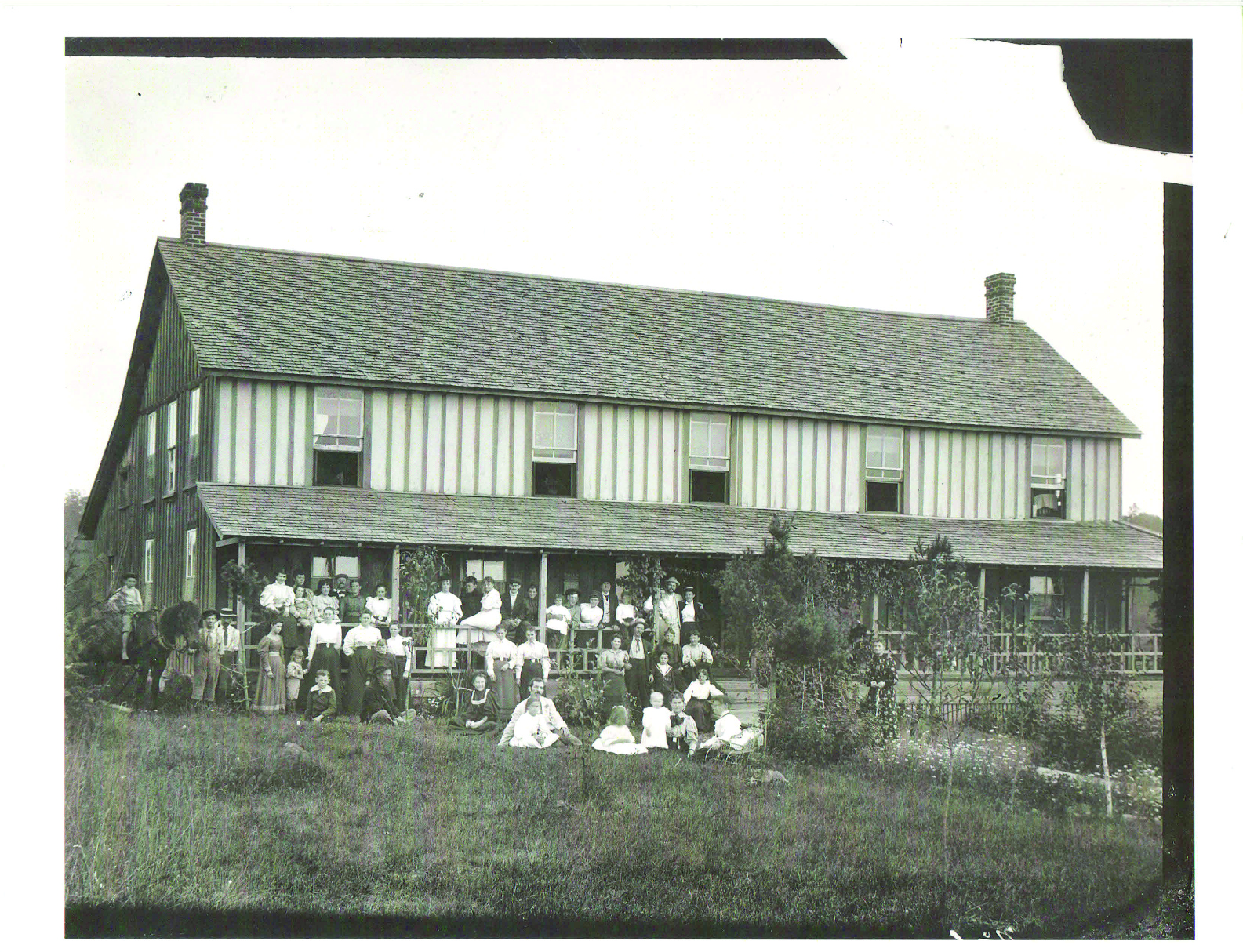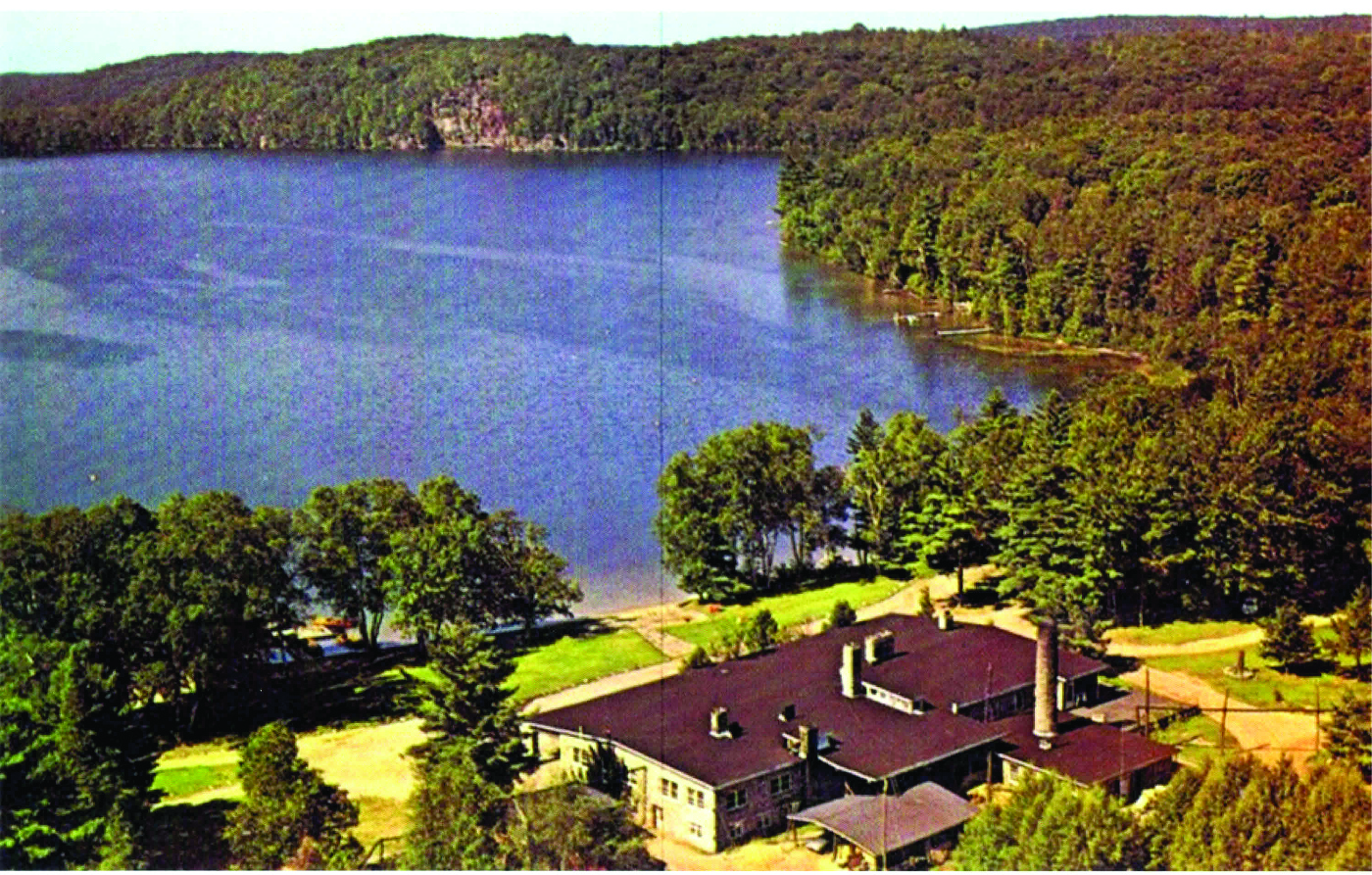Remembering the days of hotel post offices
Can you remember way back before we used the internet to send greetings and messages to one another? If you went on a holiday then, you would carefully take along the addresses of your friends and family, so you could send them postcards to share experiences. Or if your friends were coming to that same place, you might write to share information, like invitations and arrival times.
If you were holidaying at a resort with an official post office in its lobby, you could purchase postage stamps for your messages and parcels and send them directly from there, complete with that hotel’s cancel mark.
You would also be able to receive your personal mail, parcels and your favorite newspaper, often stamped with the hotel’s receiving cancel, as you relaxed away from home. These post offices were also used by others in the surrounding communities.

According to Susan M. Sheffield in her invaluable book The Companion Guide to Muskoka District Post Office 1861 – 1999, most of these hotel post offices were run as summer post offices, opening in May and closing in September. There were more summer post offices in the Muskoka District then in anywhere else in Canada.
Many of them were serviced by the Muskoka Lakes Navigation and Hotel Company steamships, which had the government contract to deliver mail for many years. After collecting and delivering the mail, the ship’s crew would transfer their mail bags in Gravenhurst – initially loading them on stage coaches such as Harvie’s Line of Royal Mail Stages, which ran to Washago in 1869.

From the early 1800s onwards, mail was carried by foot, horseback or coach. Later the mail bags were transferred to trains with government-contracted mail routes that were connected with a network of overland carriers.
Most of the summer hotel postmasters also had a winter address. When the lakes froze over and the ships ceased for the winter, the mail was carried using other methods, including on sleds and skis.
Summer post offices were found in Elgin House (1900-1960), Pinelands (1904-1919) and Royal Muskoka (1901-1952) among others. A few hotel post offices were open year-round, such as Hutton House (1889-1943) and Limberlost Lodge (1936-1960).
In order for the proprietor to run a post office in a hotel or anywhere else and to become an official postmaster, they had to apply to the Canadian government for the position. If approved, they would be given a post office name – usually the name of the hotel – and eventually be sent an equipment box which would include an official hammer and ink pad, to be used to cancel stamps once they were used. It would also contain a sign to hang outside the establishment stating the name of that post office. They would then be able to sell stamps and accept letters, post cards and parcels for shipping.

The postmaster would keep track of incoming items – some with specific address, others addressed to the recipient’s name at General Delivery. Guests, local residents and cottagers were expected to come to the post office to collect their own mail, as there was no personal mail delivery in the early days. The postmaster was responsible for giving the items to the right people.
Eventually, these resort summer post offices began closing. Many of the early resorts burned down and weren’t rebuilt. Others closed due to lack of income as the motor car became a popular mode of transportation and clients had the choice of going elsewhere for holidays. In some cases, government carriers’ contracts were not renewed; in other cases, the postmaster retired and a replacement could not be found, so the post office closed.
Eileen Godfrey, Archives Volunteer



